Rising Healthcare Expenditure
Rising healthcare expenditure across various regions is another significant driver for the Pelvic Inflammatory Disease Therapeutic Market. As countries allocate more resources to healthcare, there is a corresponding increase in the availability of advanced medical treatments and therapies. This trend is particularly evident in developed nations, where healthcare budgets are expanding to accommodate new technologies and treatment modalities. Increased spending on healthcare not only enhances access to existing therapies but also fosters innovation in the development of new treatments for PID. Consequently, this financial commitment is likely to stimulate growth in the therapeutic market, as more patients seek effective solutions for their health concerns.
Emergence of Targeted Therapies
The emergence of targeted therapies represents a transformative trend within the Pelvic Inflammatory Disease Therapeutic Market. These therapies, which focus on specific pathogens or underlying mechanisms of PID, offer the potential for more effective and personalized treatment options. As research progresses, the identification of specific biomarkers associated with PID may lead to the development of tailored therapeutic approaches. This shift towards precision medicine is expected to enhance treatment outcomes and reduce the incidence of complications. Furthermore, the introduction of targeted therapies may attract investment from pharmaceutical companies, thereby accelerating the growth of the therapeutic market and expanding the range of available treatment options.
Growing Focus on Women's Health
The growing focus on women's health is a pivotal driver for the Pelvic Inflammatory Disease Therapeutic Market. There is an increasing recognition of the importance of addressing women's health issues, including reproductive health and sexually transmitted infections, which are closely linked to PID. Governments and health organizations are implementing initiatives aimed at improving women's health outcomes, which include educational campaigns and access to healthcare services. This heightened focus is likely to lead to increased funding for research and development of new therapeutic options for PID. As a result, the market may experience a surge in innovative treatments that cater specifically to women's health needs.
Advancements in Diagnostic Techniques
Advancements in diagnostic techniques significantly influence the Pelvic Inflammatory Disease Therapeutic Market. Enhanced diagnostic tools, such as nucleic acid amplification tests and advanced imaging technologies, facilitate earlier and more accurate detection of PID. This early diagnosis is crucial, as it allows for timely therapeutic intervention, which can mitigate the risk of severe complications. The introduction of point-of-care testing has also improved accessibility, enabling healthcare providers to diagnose PID in various settings. As diagnostic capabilities continue to evolve, the market is expected to witness an increase in the number of patients receiving appropriate treatment, thereby driving growth in the therapeutic sector.
Increasing Incidence of Pelvic Inflammatory Disease
The rising incidence of Pelvic Inflammatory Disease (PID) is a critical driver for the Pelvic Inflammatory Disease Therapeutic Market. Studies indicate that PID affects millions of women annually, with a notable prevalence among those aged 15 to 24. This demographic is particularly vulnerable due to factors such as early sexual activity and multiple sexual partners. The increasing number of reported cases necessitates the development and availability of effective therapeutic options. As awareness grows regarding the long-term complications associated with untreated PID, including infertility and chronic pelvic pain, the demand for therapeutic interventions is likely to escalate. Consequently, pharmaceutical companies are focusing on research and development to introduce innovative treatments, thereby propelling the market forward.


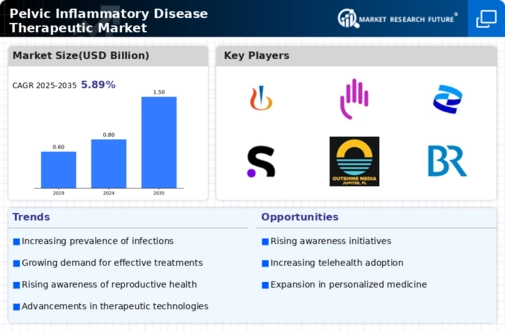
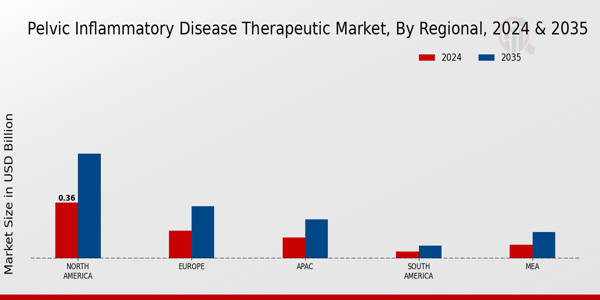
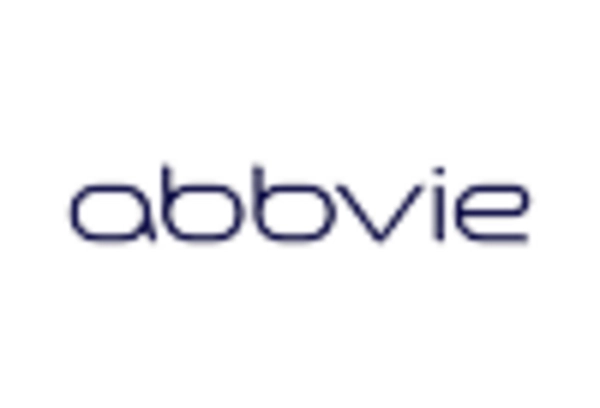
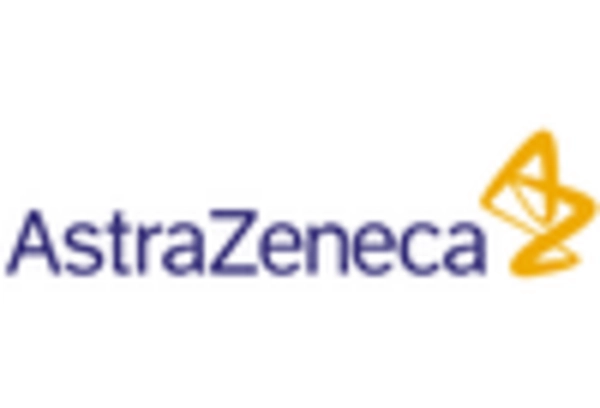

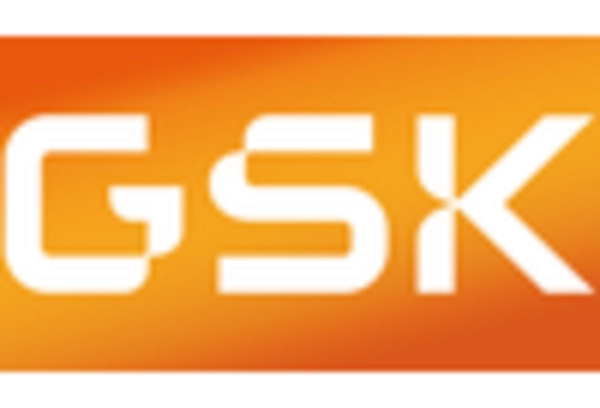
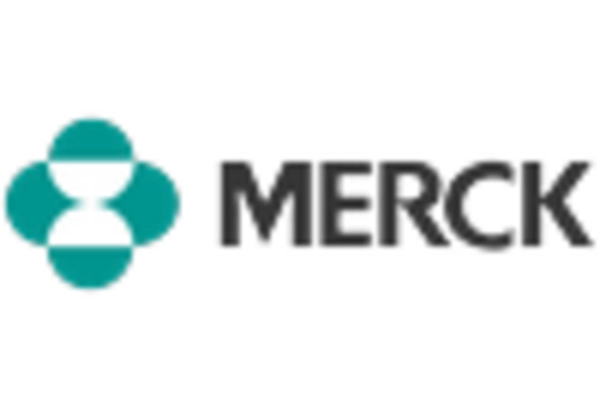









Leave a Comment